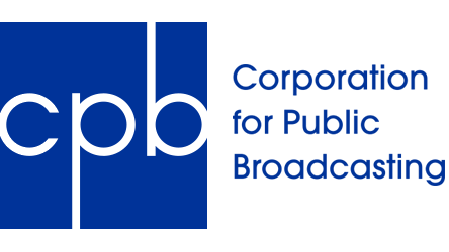FCC releases media ownership data
The FCC’s Media Bureau released the underlying data set for a survey on Media Ownership. Nielson Media Research recently conducted the study for the commission. Because of a request by the Media Access Project (MAP), the commission released the data, which was used to produce one of 12 studies commissioned by the FCC’s Media Ownership Working Group. MAP is a non-profit, public interest law firm that says that it promotes the public's First Amendment right to hear and be heard on the electronic media of today and tomorrow.
The FCC first released these studies on the current state of the media marketplace, which includes how consumers use the media, how advertisers view the different media outlets, and how media ownership affects diversity, localism and competition. The FCC is seeking comment on these studies as part of its third Biennial Regulatory Review of Broadcast Ownership Rules, which was launched in September. The objective of the Biennial Review is to develop ownership rules and policies that reflect the current media marketplace. These are based on empirical evidence.
In November the bureau issued an order extending the deadline for submitting comments and reply comments on this issue. The new comment deadlines are January 2, 2003, for initial comments and February 2, 2003, for reply comments. The commission released some of the underlying data that the reports were based on in October, and then released additional underlying data in November.
The reports cover topics such as how cross-owned newspapers and television stations covered the 2000 presidential campaign, media ownership concentration, consumer media usage, effects on advertisers and if broadcast TV can even survive.
The NAB took issue with a report entitled “The Measurement of Local Television News and Public Affairs Programs." The report said, “With respect to the receipt of awards for local news operations, network O&Os outperform affiliates. In addition, network O&Os appear to produce, on average, a greater quantity of local news and public affairs programming than affiliates in markets where the two station types compete directly.” The NAB said that the study ignored Economics 101 in that it failed to consider that O&Os are more prevalent in large markets, which are capable of supporting more elaborate newscast productions.
For more information visit www.fcc.gov and www.nab.org.
The professional video industry's #1 source for news, trends and product and tech information. Sign up below.
